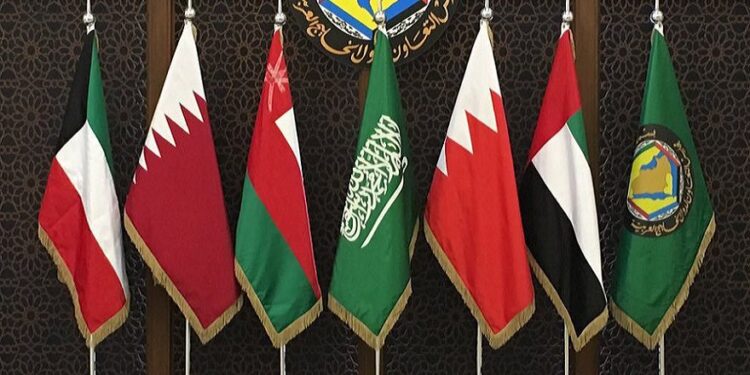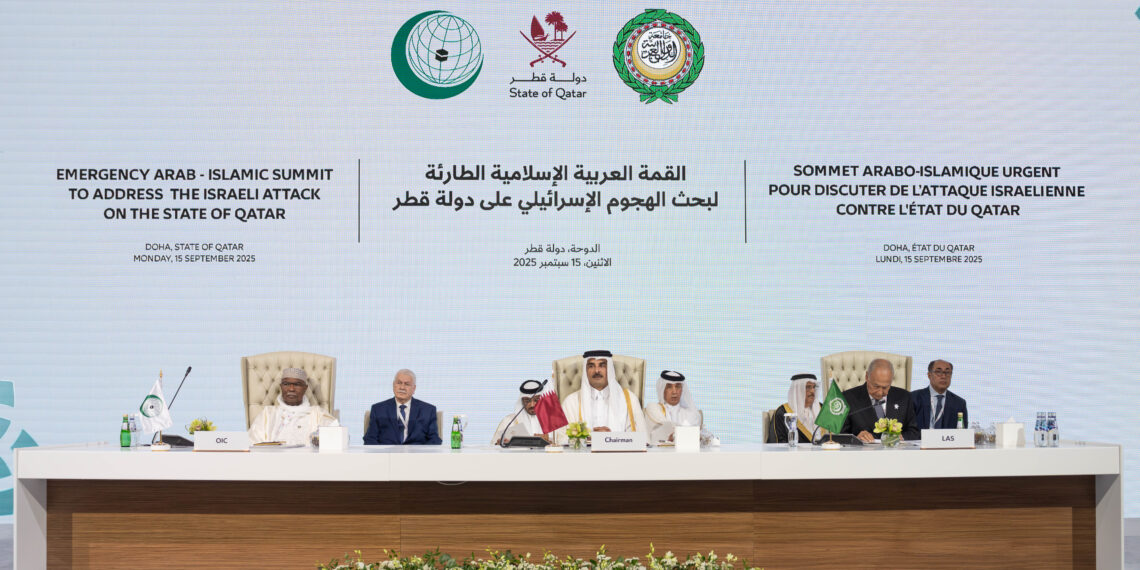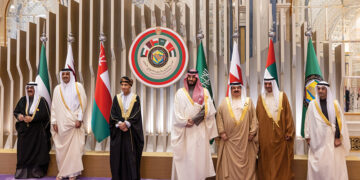The Statistical Center for the Cooperation Council for the Arab States of the Gulf (GCC) has revealed that the total estimated spending for GCC countries in 2025 will amount to approximately USD 542.1 billion, compared to expected government revenues of USD 487.8 billion, indicating a projected fiscal deficit of around USD 54.3 billion. This is according to the latest published data on the general budgets of the Gulf states.
The Center noted that government revenues in the GCC countries are heavily influenced by fluctuations in global oil prices, given that oil revenues remain the primary source of income for these nations, despite ongoing efforts to diversify their economies over the past several years. In this context, GCC governments are adopting cautious fiscal policies by using conservative oil price assumptions when preparing their budgets, in order to mitigate the impact of sudden market volatility on local financial performance.
The Gulf countries expect government revenues to remain relatively stable in 2025, assuming oil prices continue at moderate or high levels. Such stability would enhance the countries’ ability to implement their development programs and national projects.
The Center’s data also showed that most GCC countries have increased their spending estimates for 2025 compared to 2024, in a move aimed at stimulating economic growth and promoting sustainable development across various sectors, particularly in infrastructure, education, healthcare, and technology. Additional focus is being placed on supporting digital transformation programs and renewable energy initiatives.
The report affirmed that the increase in public spending is one of the key drivers of economic growth in the Gulf region and falls within national development plans and long-term strategies aimed at economic diversification and achieving comprehensive fiscal sustainability.
Regarding the coverage of the projected fiscal deficit, GCC governments plan to rely on a combination of financing tools, including withdrawals from financial reserves and borrowing through domestic and international debt instruments, in order to maintain public spending without negatively affecting overall macroeconomic stability.
This approach reflects the Gulf states’ commitment to striking a balance between maintaining fiscal discipline on the one hand, and advancing development and achieving economic and social goals on the other, all within a global financial environment marked by challenges and rapid transformations.







